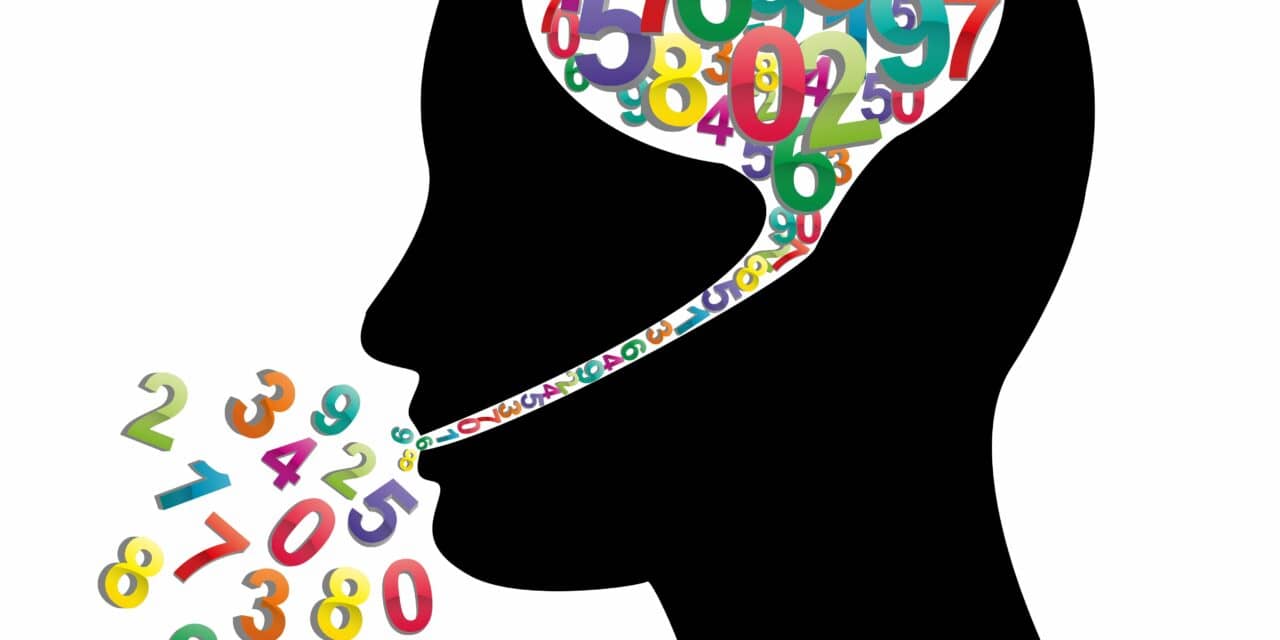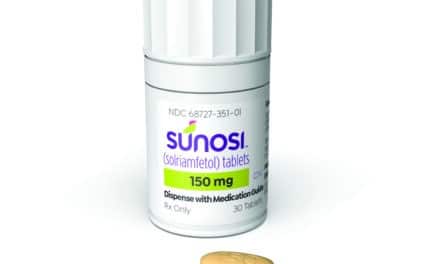When treating sleep apnea based purely on AHI, sleep medicine fails to focus the conversation on the reasons that could matter to patients.
By David E. McCarty, MD, FAASM
I am grateful that you published the excellent recent review by Edward D. Michaelson, MD, FACP, FCCP, FAASM, detailing the problems with sleep medicine’s most commonly recognized sleep apnea metric, the apnea-hypopnea index (AHI).1
The nonlinearity of this metric with respect to important disease-specific endpoints, such as early death, development of comorbid conditions, and nonspecific symptoms is a problem we are only beginning to explore, and Michaelson’s review is an up-to-date compendium of the many places to stumble, as we interpret it.
The burden of clinical care for patients with sleep apnea is increasingly shouldered by non-physician providers, making algorithmic (rule-based) treatment systems more prevalent. Lingering—yet often meaningless—labels like “mild,” “moderate,” and “severe” sleep apnea continue to populate clinic notes, sleep study reports, and patient education sessions. Michaelson’s call to re-evaluate the AHI is a simultaneous call to re-evaluate the way we talk about sleep apnea with our patients.
We are overdue for re-evaluating how we talk about the why of sleep apnea.
Today it is easier than ever to meet the criteria for the diagnosis of obstructive sleep apnea. According to the International Classification of Sleep Disorders, 3rd Ed (ICSD-3), the diagnosis can be assigned if an individual is found to have at least 15 “obstructive respiratory events” per hour, including apneas, hypopneas (defined by the 3% desaturation criterion), and respiratory effort-related arousals (RERAs).2 Reaching this threshold achieves the diagnostic criteria for obstructive sleep apnea, without any requirement for comorbid conditions, signs, or symptoms of the disease.
In other words, the ICSD-3 allows for a patient to be diagnosed with a disease based solely on a number. For people to be diagnosed with sleep apnea while not having a single real-world complaint impacts how they speak of their interactions with sleep medicine, and this shouldn’t be underestimated.
In 2008, Milena Pavlova’s team at Brigham & Women’s Hospital division of sleep medicine published a mind-blowing paper probing an inconvenient problem inherent in increasing laxity in diagnostic criteria. They evaluated 163 polysomnograms previously performed on patients who had been intensively screened and found to have no sleep-wake complaints nor discernible evidence of medical disease. Put simply, they were non-obese, non-depressed, non-hypertensive well people who took no medications. They had normal electrocardiograms and lab work.
But, in this highly select group of well people, those over age 65 had an average AHI of 22 per hour, and more than half the group had an AHI of greater than 15 per hour.3
What’s more, the threshold for scoring hypopneas was 3% oxygen desaturation, and they did not even count RERAs. In other words, the official diagnostic criteria for obstructive sleep apnea endorsed by the American Academy of Sleep Medicine is even laxer than the criterion used by Pavlova’s team.
In the United States, there are approximately 56 million adults over age 65. If we estimate that half of them feel well and healthy (a conservative estimate), that’s 28 million seniors. If Pavlova’s data are generalizable, more than half—14 million people— can potentially “test positive” for “moderate” obstructive sleep apnea right now.
If we go “by the book,” these people will be told they should treat sleep apnea in the name of future risk reduction, often over vocal objections that “there’s nothing wrong with me.” Many providers may feel uneasy about letting a patient decline treatment without providing an energetic briefing on the “risk of nontreatment,” a medicolegal dance that starts feeling like responsibility and completeness but often unintentionally comes across as browbeating scare tactics. In my experience, patients routinely reject treatment offered in this way, reporting discomfort similar to that of being conned into buying something they don’t need.
We rightly seek metrics to precisely help us understand concepts we cannot gather from clinical interviews and observation, intangibles such as the concept of “incremental risk.” Embodied in this concept is the question that we providers must ask on behalf of our patients: If no treatment is offered, what is the likelihood that sleep apnea will shorten the patient’s life?
Remember that patients engage with treatment for different reasons, and “risk” is only one of them. In my view, there are five reasons to treat: risk, snoring, sleep, wake, and comorbidities.4 Reviewing each of these reasons and whether they are important to the patient is a sensible way for most patients to deconstruct their own “why” of sleep apnea.
Perhaps a magical metric predicting who “should” and who “shouldn’t” be treated will be on the horizon, but perhaps the experience of sleep apnea is simply too complex to define in a single metric, even one generated by artificial intelligence. In the meantime, we must continue to break down the reasons to treat sleep-disordered breathing—the why of sleep apnea—into sensible pieces patients can understand.
We must place our patients squarely in the middle of the decision-making, right where they belong. Failing to do so, I fear, will cause patients to question whether those caring for them are more interested in them or the treatment on offer.
References
1. Michaelson ED. AHI for severity of sleep apnea—We can do better! Sleep Review. 2022 Dec 21. Available at sleepreviewmag.com/sleep-disorders/breathing-disorders/obstructive-sleep-apnea/ahi-severity-sleep-apnea-do-better.
2. American Academy of Sleep Medicine. International Classification of Sleep Disorders, 3rd ed. 2014.
3. Pavlova MK, Duffy JF, Shea SA. Polysomnographic respiratory abnormalities in asymptomatic individuals. Sleep. 2008 Feb;31(2):241-8.
4. McCarty DE. The five reasons monument. Available at www.empoweredsleepapnea.com/the-five-reasons-monument.
Illustration 28162112 © Willypd | Dreamstime.com



